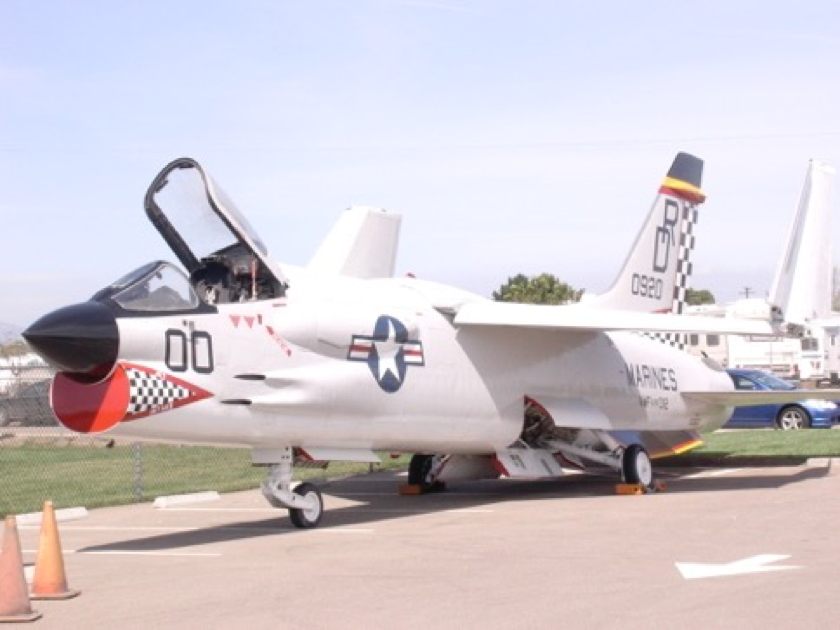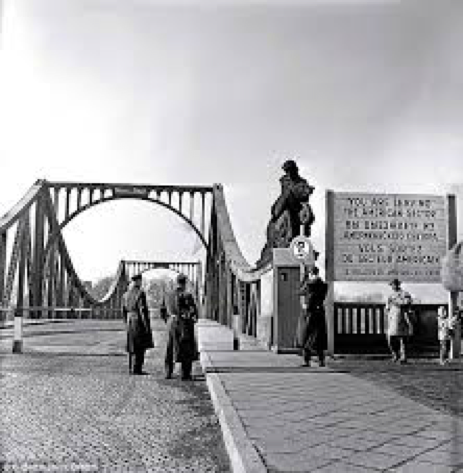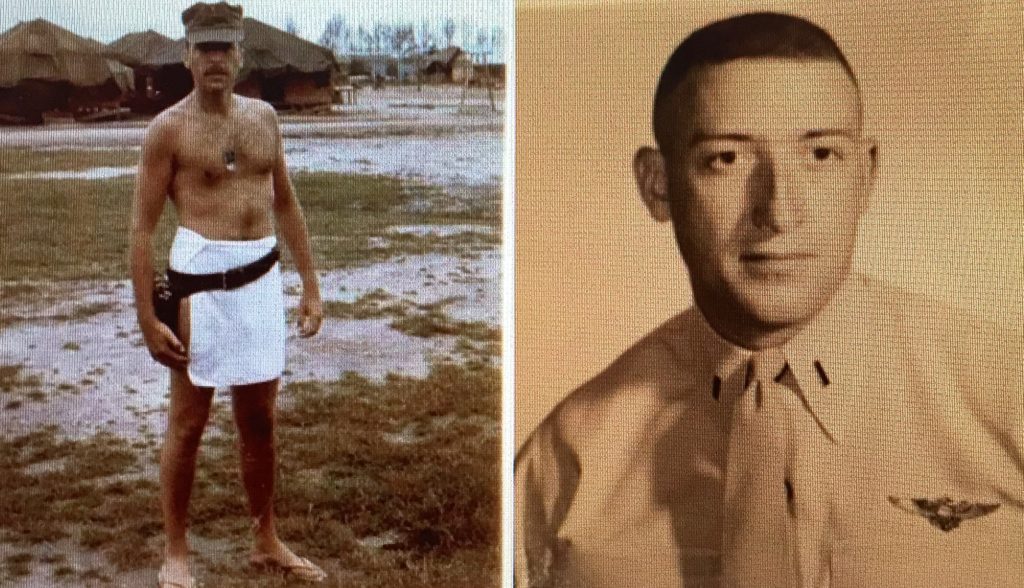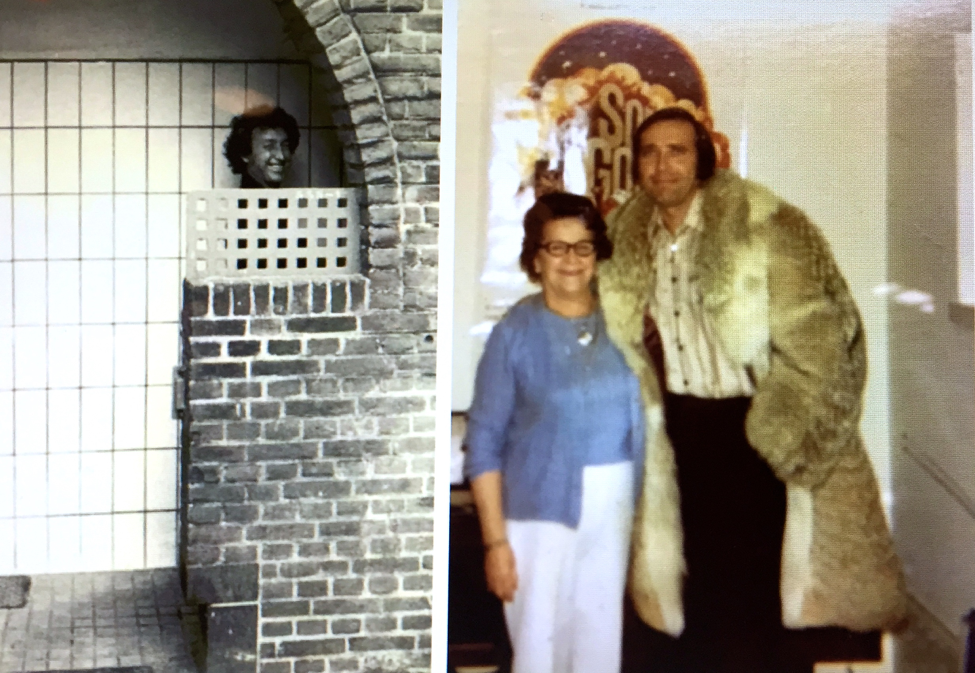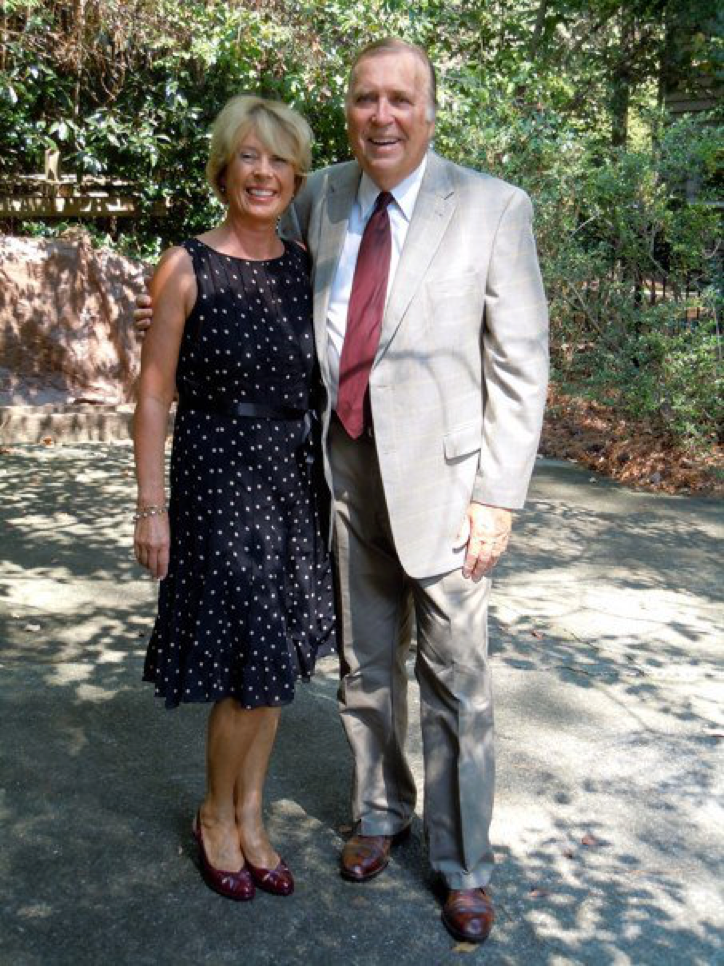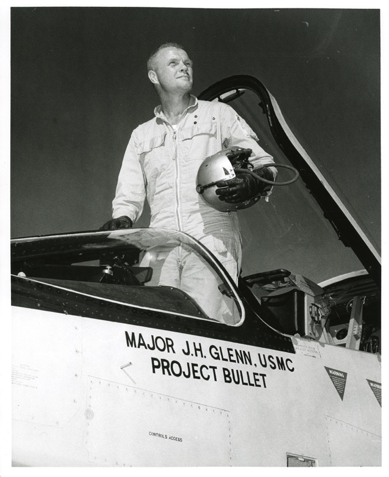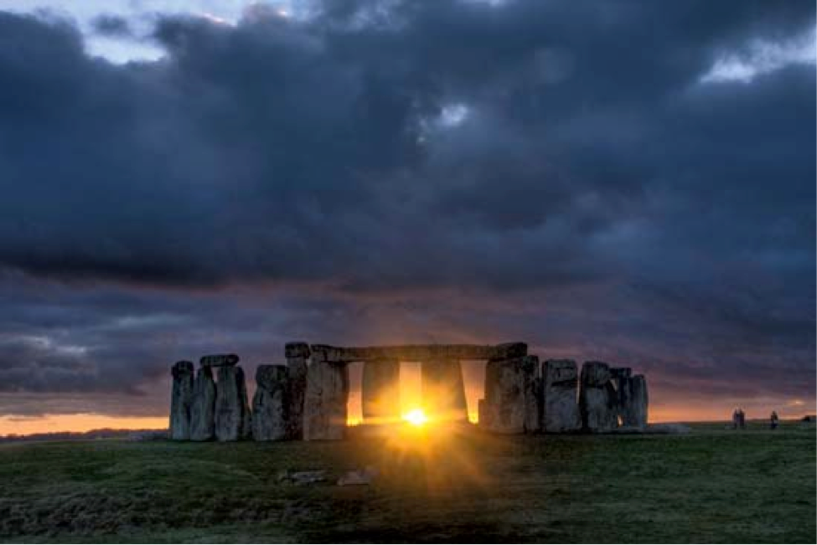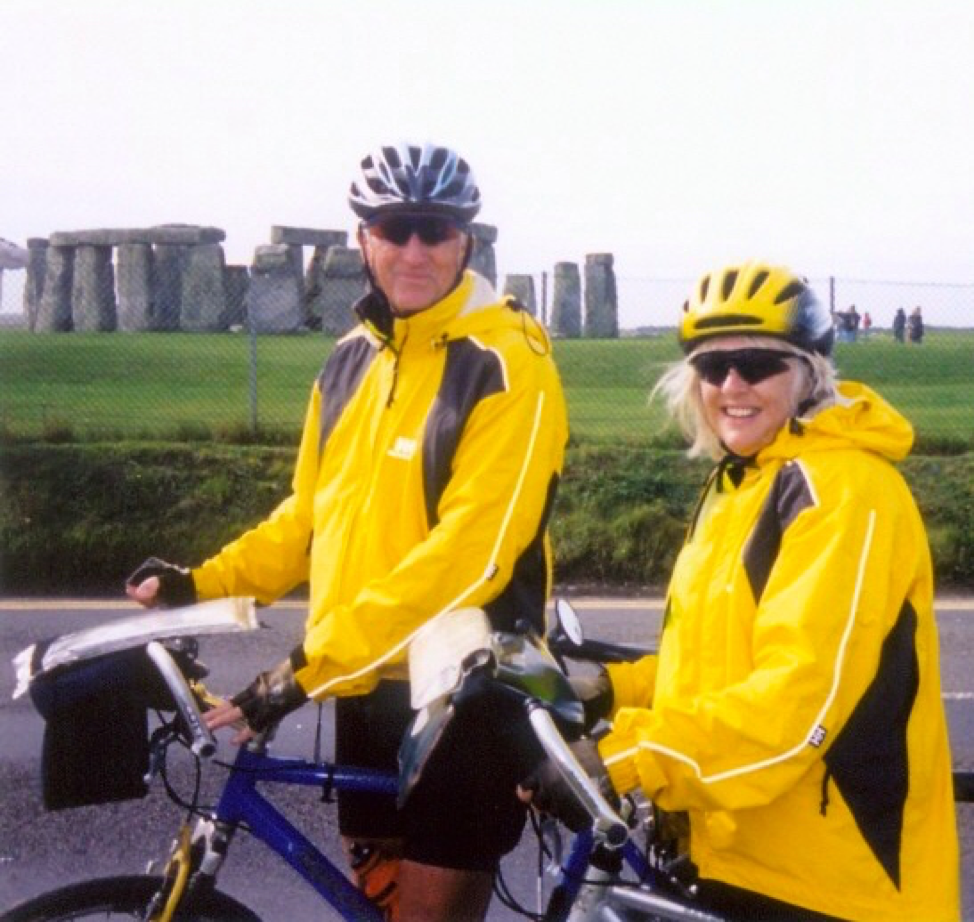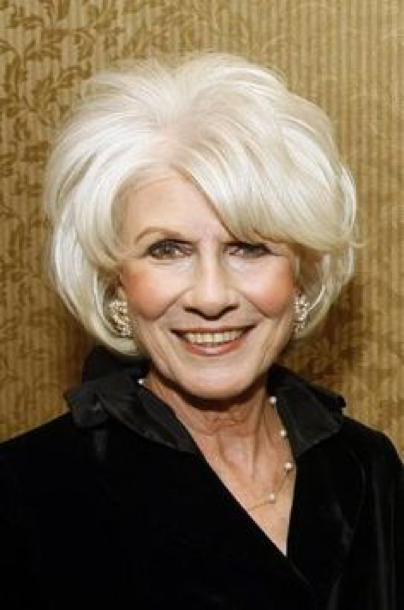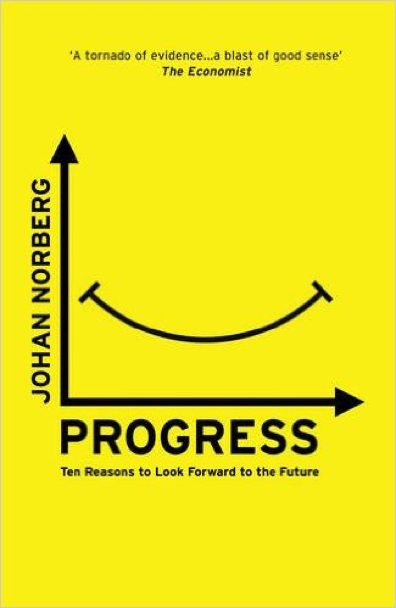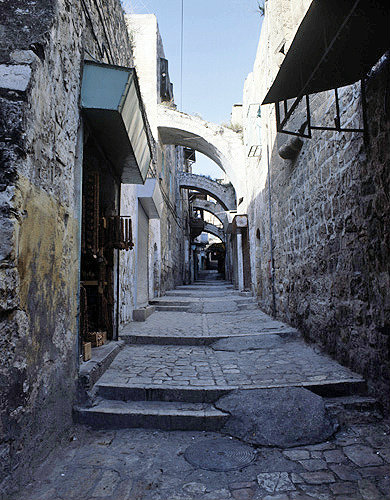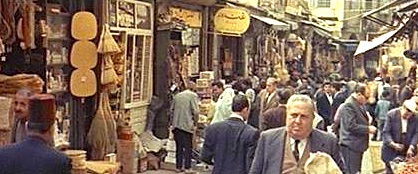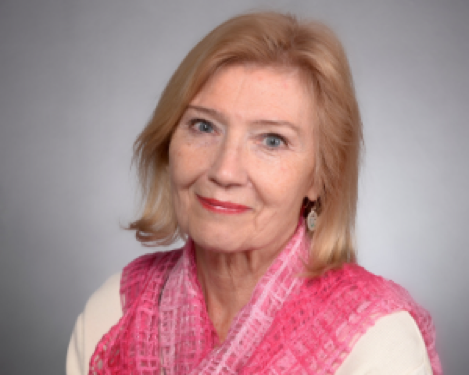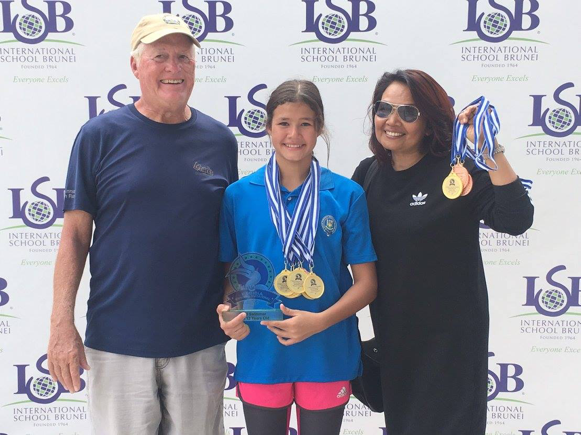
This morning I saw a Facebook post from my friend Pete. He was writing from a swim meet in Brunei. Now how exotic is that? A middle school swim meet in Brunei? I used to think it was a stretch to drive my son to West Yellowstone for a XC camp.
The genie is really out of the bottle; live globally, play locally. Pete lives in Bangkok. He’s married to a lovely Thai woman and they have a 12-year-old daughter who swims. Brunei? It’s not Spokane, Pocatello, or West Yellowstone but there was a team competition there last weekend that drew 7 teams, including hers.
Pete’s message got me thinking about how much things have changed. We’re obviously older, but even so there’s a new normal here. Places that used to be exotic are “vacation” destinations and there’s an outfitter waiting to take you there. Activities that used to be adventurous are commonplace today – whitewater kayaking, rock climbing, backcountry skiing, kiteboarding – and there are route maps, apps, cell phones and GPS to support them. I called Marilynn from the summit of the Grand Teton to tell her I was OK. Back in the day, the nearest phone was a four hour walk to Dornan’s General Store in Moose, Wyoming.
As I’ve gotten older I’ve scaled back on the adventures, nothing extreme these days – no jumping into Corbett’s Couloir at Jackson Hole, no riding Porcupine Rim in Moab, or climbing down a rock face to reach “Hidden Beach” on Kauai. Nowadays the pleasure comes from finding an moderate pitch of untracked powder, an isolated beach, or a tree-lined one-lane road at sunset, and even these things are harder to find. I remember when hardly anyone skied the uncut stuff, or camped “sauvage” on a beach in Puerto Rico, or hauled a bike over the ocean to ride the back roads of France.
Lynn Campion caught me on the Ho Chi Minh Trail a few years ago (Sun Valley)
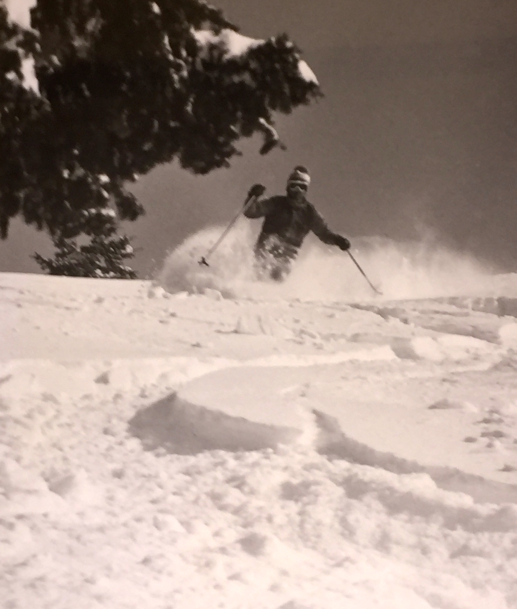
Old people have “bucket lists,” because most of them didn’t have a lot of adventure travels when they were young. They were studying, working, raising families, and only had two weeks vacation. Gen-X, Gen-Y, and Millennials (children of the middle and upper class) have come to adulthood with a lot more opportunity, flexibility, and money. I’ve never had a bucket list and don’t have one now. I’ve been lucky. I’ve been able to live my life upside down. As an airline pilot I could have been mistaken for a retired person – half the month off and free passes – and when I was working I was going to exotic places. World geography was part of my DNA. Opportunity and time were perks of the job, and it didn’t take a lot of money to chase my dreams. Living life upside down meant I didn’t have a “real” job until I was over 50, and though I ended up working until I was 75 I always enjoyed what I did.
I love the way it worked out for me, but I confess there’s a bit of envy when I realize that the big adventures are in the rear view mirror. I still like to ski and bike, but I just don’t have the legs, lungs, or mental toughness to skin up and climb for three hours, or mountain bike on a hairy-ass single track with a steep drop off. My friend, Mike Kane, died that way a few years ago and he was one of the best athletes I’ve ever known. The body changes. The balance changes. The vision changes. The reaction time changes. So it goes… literally.
I wouldn’t think of flying down 17th Street in Santa Ana at car top level again (headlines in the Santa Ana Register) though it seemed “normal” the day it happened. I was a lot younger then. Times have changed. My airplane is in a museum, and so am I (in this picture). I still feel great, but there are no more street level jet escapades in my future.
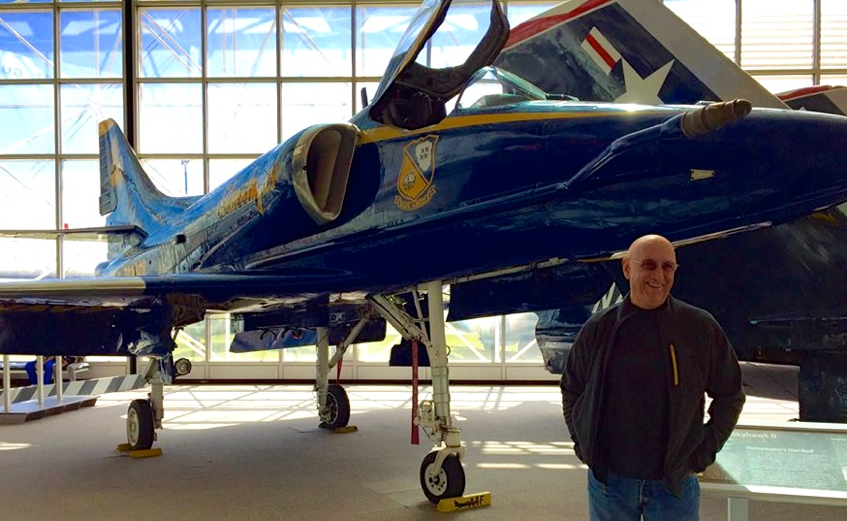
I think I can be excused if I sometimes adventure vicariously through my children and grandchildren. They feel the same way. They ski, climb, kiteboard, skydive, sail, hike, run, surf, mountain bike, fly-fish, kayak, do Tae Kwan Do, play water polo, and star in musical theater. Multi-talented.
Brent Snorkeling at Snowbird

With his kids on the Colorado
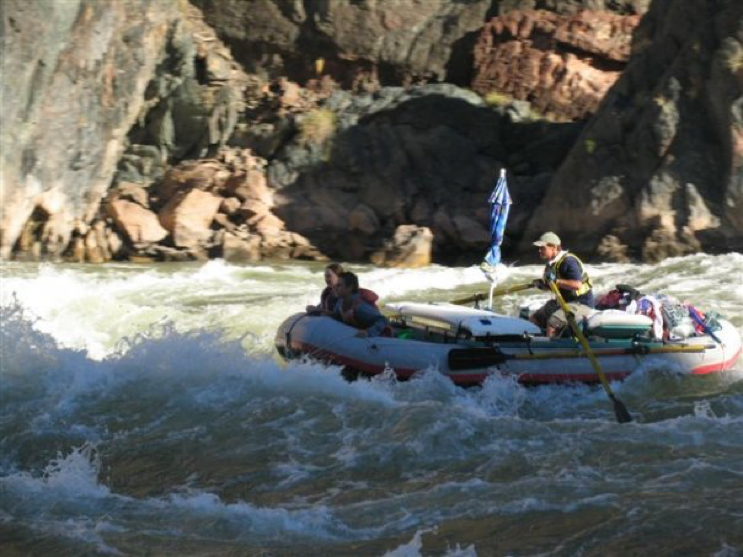
Georgia skydiving
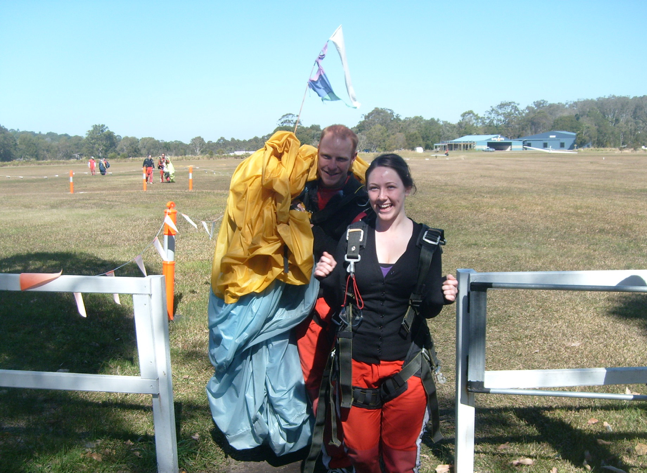
Doug you should follow Brent, he knows where the snow is.
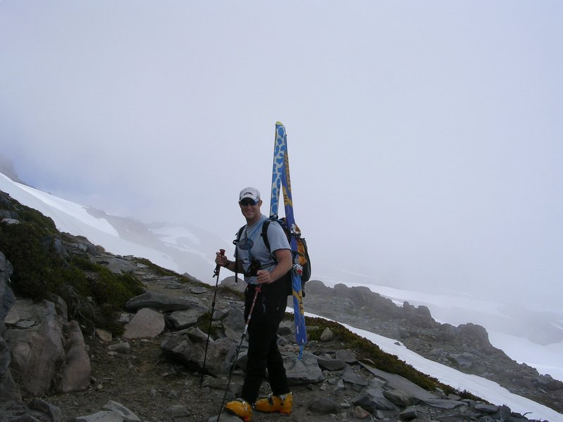
Will taking notes at an avalanche clinic
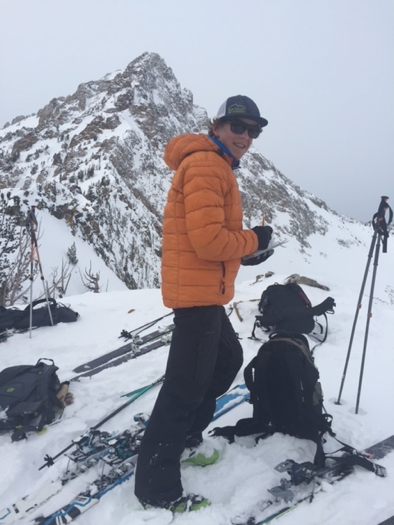
Charlie with his “Birthday Brown”
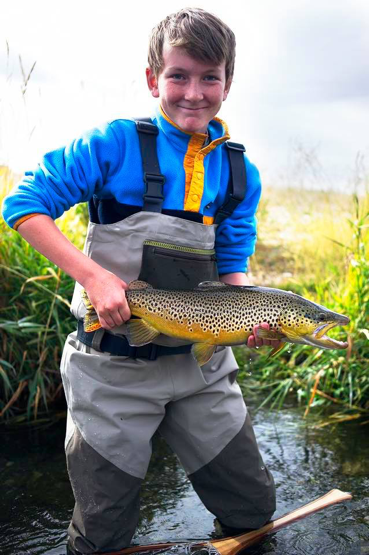
Diana and Charlie on the skate track
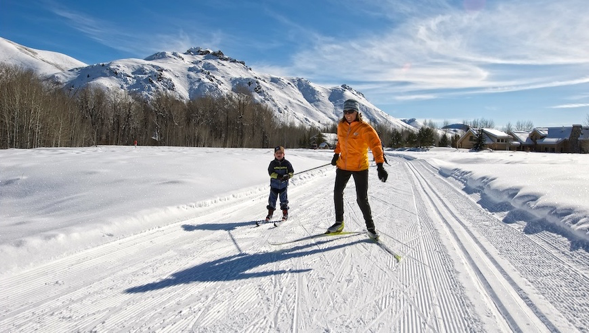
The Price boys in the big city – Go Sounders
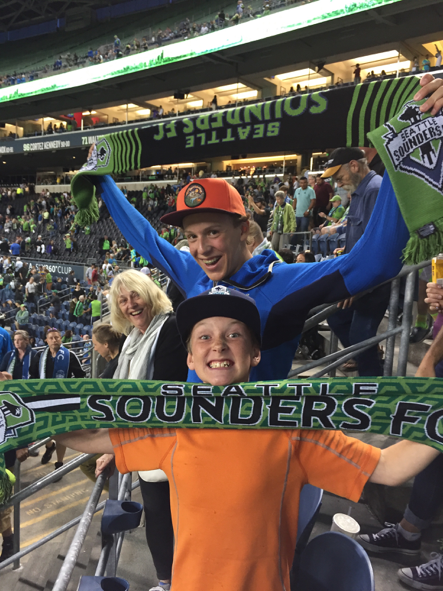
Benny says “Watch out Fed I’m comin'”

Lucie Plays “Select” Soccer

Our Three Hawaiian Kids – a Black Belt, an Orange Belt, and No Belt in Tae Kwan Do

Bob Dylan is my age, and he was right when he wrote The Times They Are a Changin’. That was then. Now the change is a reality. Oh, my God, Donald Trump is our President. There can’t be any more dramatic example of the change. When Dylan wrote the song JFK was President. I embrace most of the changes. I don’t want to go back to an earlier time. I believe America is still great and doesn’t need an ignorant, lying, blowhard at the helm to “make America great again” I acknowledge the changes in myself but love watching the changes in my children and grandchildren. Have fun guys and girls. I’m very proud of you and love seeing you kick ass.
Team Bernard-Price-Westerman.






